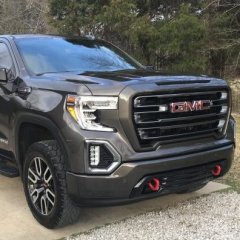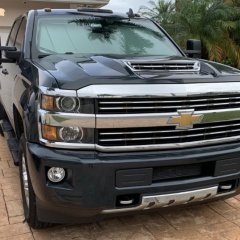Factory fuel water separator ?
-
Similar Content
-
- 0 replies
- 1,195 views
-
- 6 replies
- 11,066 views
-
- 29 replies
- 42,259 views
-
What's New With The 2020 L5P Duramax? Watch Gale Banks Explain
By Zane,
- 2020 duramax
- duramax
- (and 4 more)
- 1 reply
- 6,778 views
-
- 9 replies
- 38,736 views
-
-
Recently Browsing 0 members
- No registered users viewing this page.
-
Forum Statistics
246k
Total Topics2.6m
Total Posts -
Member Statistics
-
Who's Online 8 Members, 0 Anonymous, 881 Guests (See full list)

















Recommended Posts
Join the conversation
You can post now and register later. If you have an account, sign in now to post with your account.